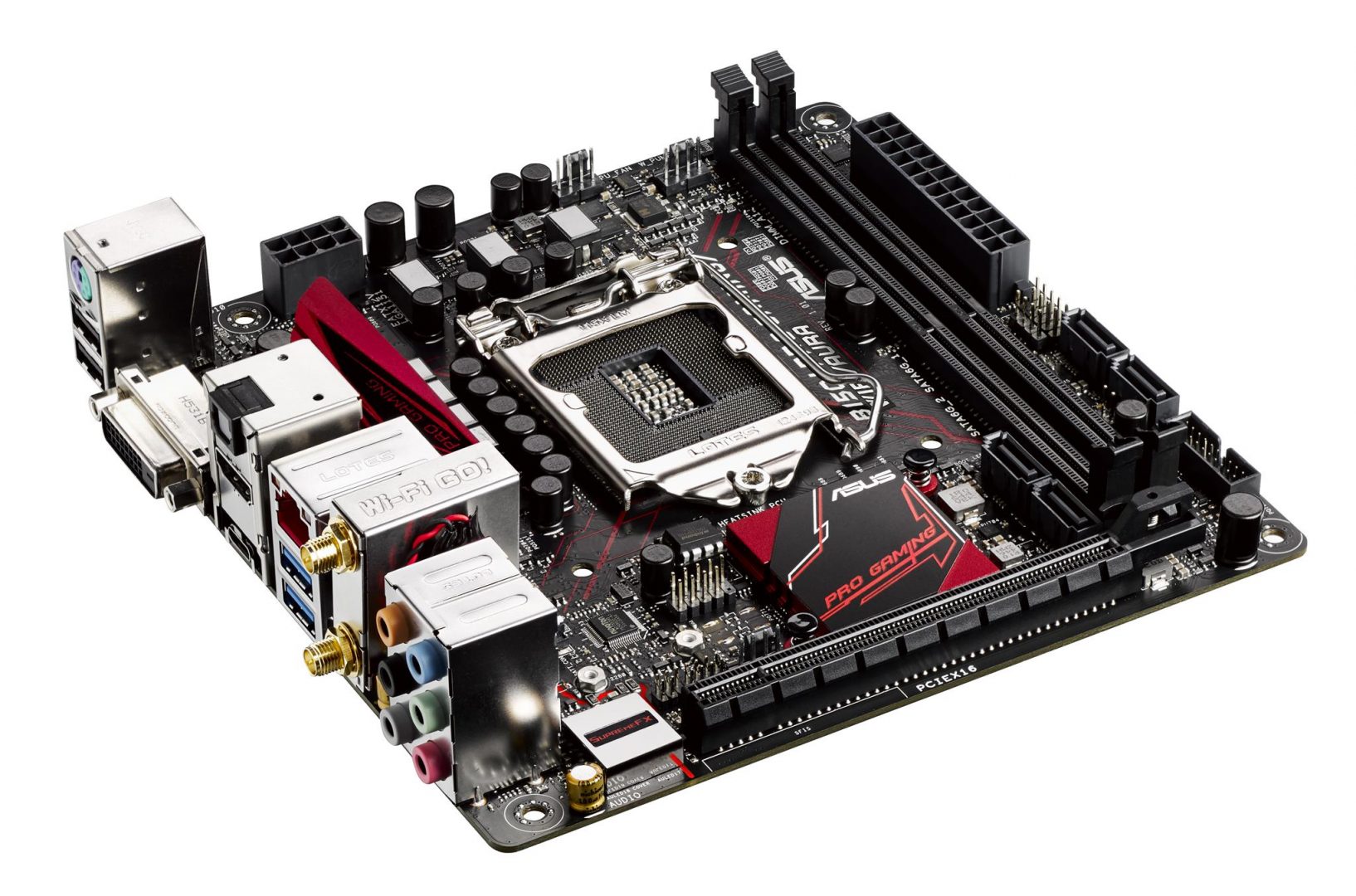
How Mobile Tech Has Changed The Gaming Industry

The gaming industry has seen several shifts since the first computer game was released way back in 1962. Fast forward to the 1970s and the first console games started to appear in homes. By the 1980s, PCs were a common sight in people’s homes. This opened up a new market for PC-based role-playing games which remain one of the most popular gaming genres today. The next big shift would come in 1994 when Sony launched the first Playstation.
This brought arcade-style gaming to the console for the first time. Microsoft joined the party in 2001 with the launch of Xbox. But arguably the biggest change to the gaming industry came in 2007 when Apple launched the iPhone. In this article, explore how mobile technology has impacted the gaming industry and looks to continue doing so for the foreseeable future.
Social media integration
Mobile tech advancements allow gamers to easily interact with social platforms such as Twitter, Facebook and TikTok. This impacts game development in several ways, with many developers actively integrating social platforms into their apps. For example, most successful mobile games have an official Facebook Group.
This creates a space where gamers can interact with each other in a safe and controlled environment and helps to foster a community that keeps players around for longer. Social media marketing also plays an important role. As player recruitment costs increase across the industry, developers are increasingly turning to social platforms to recruit players more cost-effectively.
Revolutionary control interfaces
Mobile devices introduced new and exciting control interfaces for game designers to ‘tap’ into. The most popular of these was the touch screen interface and three-axes motion control. The touchscreen interface allows gamers to access features, enter details, control characters and interact with other users. While axes motion uses the device’s built-in accelerometer and gyroscope to control character movements by moving the phone.
These new and intuitive interfaces are cited as one of the primary reasons why mobile games proved to be so popular so quickly. Games like Angry Birds, Clash of Clans, Candy Crush and even many mobile jackpot slots are simply not possible without these interfaces.
Cloud storage
If mobile devices have one problem, it’s the limited availability of local storage. This means game files have to be kept small so they can be installed locally. In the early days of mobile, this restricted game options and functionality. But the introduction of cloud storage transformed the way games could be delivered. Cloud storage allows developers to store more information in the cloud which gives players more functionality without the associated storage overheads.
Cloud storage also allows gamers to create online accounts and access them through multiple devices. So a game can be installed on a smartphone, tablet or laptop and played through a single account.
In-app purchases
In-app purchases are a game changer for the mobile gaming industry. Unlike other platforms such as console and PC games, mobile games are mostly played by casual users looking to play spontaneously without having to invest time in learning interfaces.
This impacts the traditional payment model. Most mobile users are not prepared to pay upfront for mobile games. In-app purchasing allows users to extend the functionality of the game by purchasing add-ons as and when they need them.
Real-time feedback
Feedback has always been an integral part of game development. But with traditional games, feedback took place early in the development cycle, before release. Mobile games allow developers to introduce real-time feedback after release. Feedback can be collected using both passive and active methods.
Passive feedback is obtained using game analytic platforms. While active methods seek real-time feedback from players. The information learned can then be used to improve games after release. For example, Assassin’s Creed Syndicate added female characters after female players complained of a lack of female protagonists in early releases.
Virtual reality
While still in the early stages, virtual reality headsets are another area mobile game developers have started to explore. VR headsets allow developers to create a more immersive and interactive experience for gamers. Early games to take advantage of the technology include Hidden Temple VR Adventure, Minecraft and Need for Speed: No Limits. These use third-party VR headsets to create beautifully detailed 3D environments for gamers to explore.
Augmented Reality, where digital content overlays real-world images is another area developers are exploring. Pokémon GO was the first game to put AR on the map. But others such as Egg Inc and Harry Potter: Wizards Unite, are showing what can be done with the technology.


























